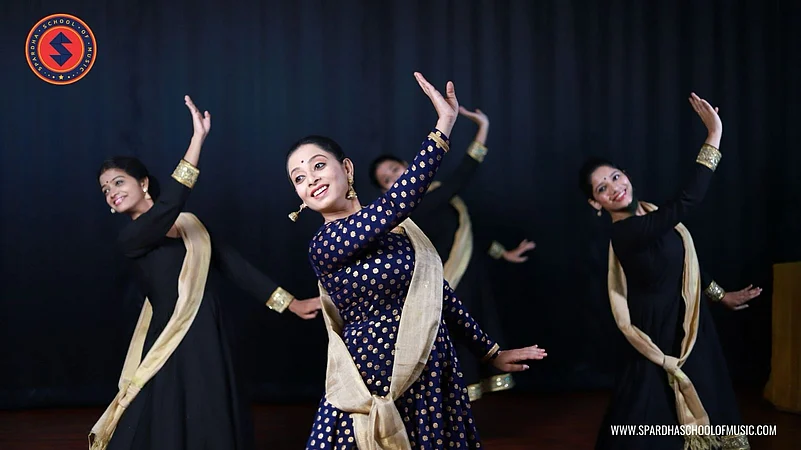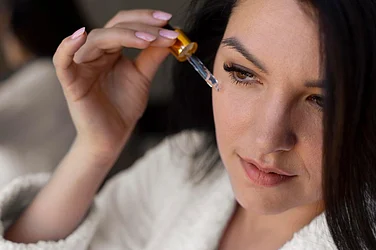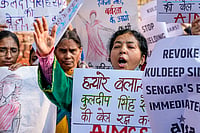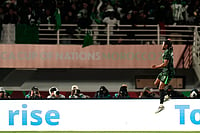Dance has always been more than just a physical activity—it’s a way to connect with oneself, experience joy, and find healing. Indian dance forms like Bharatanatyam, Kathak, and Bollywood dance are increasingly celebrated not just for their artistic beauty but also for their impact on mental well-being.
Learning these dance forms can be both therapeutic and fulfilling, especially when approached in a supportive and personalized environment. Platforms like Spardha School of Music and Dance emphasize creating a stress-free and enjoyable learning experience, helping students find joy and balance through movement.
As more people explore holistic ways to manage stress and anxiety, it’s no surprise that dance is becoming a go-to method for improving emotional health. But what makes these diverse and expressive dance styles so impactful for mental well-being?
The Science Behind Movement and Mental Health
The connection between movement and mental well-being is well-established. Research shows that physical activity releases endorphins—chemicals in the brain that promote happiness and reduce stress. Dance goes a step further by combining physical movement with emotional expression, mindfulness, and creativity.
“Dance is unique because it engages both the body and the mind,” explains Subhashini S., the dance head at Spardha School of Music and Dance, an online platform that offers Bharatanatyam, Kathak, and Bollywood dance classes to learners worldwide.
How Different Dance Forms Aid Mental Well-Being
Indian dance forms each have unique characteristics that contribute to their therapeutic benefits:
Bharatanatyam: With its rhythmic footwork and intricate storytelling, Bharatanatyam demands focus and mindfulness, leaving little room for stress or distraction. The precision of movements requires complete mental immersion, promoting a meditative state.
Kathak: Known for its graceful spins and emotive gestures, Kathak allows dancers to explore storytelling while building physical endurance. The rhythmic cycles of Kathak help ground you.
Bollywood Dance: With its high-energy moves and emphasis on self-expression, Bollywood dance is pure joy in motion. It’s particularly effective in releasing pent-up emotions and boosting mood.
Real-World Applications of Dance Therapy
Spardha School of Music and Dance has seen how dance can transform lives. They shared that most of their adult students join the dance classes to relieve stress, some ‘me-time,’ and to focus on physical fitness.
Psychologists also affirm the mental health benefits of dance. Movement therapy through structured dance forms combines the benefits of physical exercise with emotional expression, and adds a layer of catharsis that’s incredibly therapeutic.
Accessibility Through Online Platforms
While dance therapy’s benefits are clear, accessibility has often been a barrier. Platforms like Spardha School of Music and Dance are bridging this gap by offering online classes for Bharatanatyam, Kathak, and Bollywood dance, making these art forms available to learners worldwide.
“With flexible schedules and expert instructors, anyone can integrate dance into their daily lives, regardless of their location or previous experience,” says Saurabh Srivastava, CEO of Spardha.
Disclaimer: This is a sponsored article. All possible measures have been taken to ensure accuracy, reliability, timeliness and authenticity of the information; however Outlookindia.com does not take any liability for the same. Using of any information provided in the article is solely at the viewers’ discretion.





















